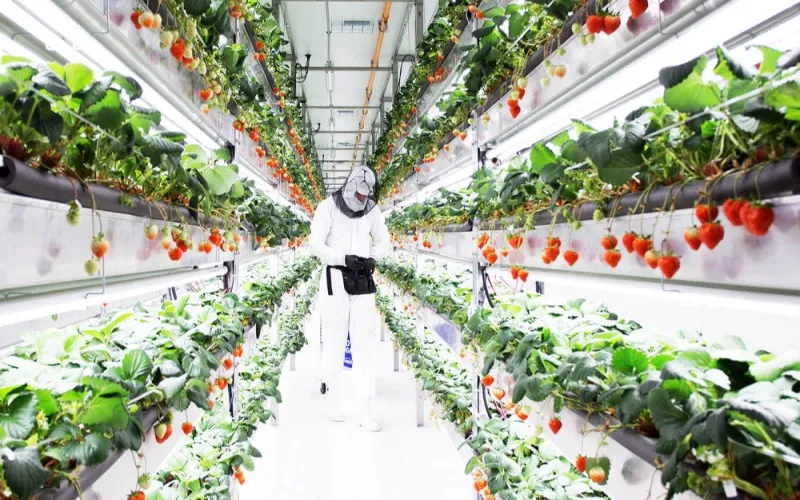Feb. 02, 2024
Converting a shipping container into a greenhouse is a sustainable and innovative way to repurpose these sturdy structures for agricultural use. This step-by-step guide outlines the process to help you turn a shipping container into a functional and efficient greenhouse.
1. Selecting the Shipping Container:
Choose a container in good structural condition with minimal rust or damage.
Consider the size of the container based on your greenhouse requirements and available space.
2. Site Preparation:
Clear the area where the container will be placed, ensuring a level foundation.
Use gravel or concrete blocks to create a stable and well-drained foundation.
3. Ventilation and Access:
Plan for ventilation by cutting openings for windows or vents. Consider installing louvers or adjustable vents to control airflow.
Cut a large access door to facilitate entry and exit. This can be a hinged or sliding door for convenience.
4. Insulation and Temperature Control:
Apply insulation to the container walls to regulate internal temperatures. Use materials like foam board insulation or reflective coatings.
Consider adding a climate control system, such as fans or vents, to manage temperature and humidity.

5. Natural Lighting:
Utilize the container's existing doors by replacing them with transparent panels or installing windows to maximize natural sunlight.
Consider installing a translucent roof or skylights to enhance daylight penetration.
6. Interior Layout and Shelving:
Plan the interior layout for optimal space utilization. Install shelves or racks to accommodate different plant heights and types.
Use the container walls to hang vertical gardens or support climbing plants.
7. Irrigation System:
Implement a drip irrigation system for efficient water distribution. This can include drip lines or soaker hoses.
Install a rainwater harvesting system to collect and store rainwater for irrigation.
8. Flooring:
Choose a flooring material that is easy to clean and provides good drainage. Options include gravel, pavers, or a perforated flooring system.
Consider using weed fabric to prevent unwanted vegetation growth inside the Custom shipping containergreenhouse.
9. Electrical Wiring:
Install electrical outlets for tools, lighting, or heating systems.
Ensure all electrical work is done by a qualified professional to meet safety standards.
10. Exterior Finishing:
Apply weather-resistant paint or coatings to the exterior to protect the container from rust and corrosion.
Consider adding shade cloth or external shading systems to regulate sunlight exposure.
11. Greenhouse Covering:
Choose a suitable greenhouse covering material such as polyethylene film or polycarbonate panels.
Install the covering securely, ensuring it is tight and well-sealed to provide insulation.
12. Monitoring and Automation:
Implement sensors for temperature, humidity, and soil moisture to monitor and control the greenhouse environment.
Explore automation options for tasks like ventilation and irrigation to enhance efficiency.
13. Landscaping and Surroundings:
Landscape the surrounding area to enhance the aesthetics and functionality of the greenhouse.
Consider incorporating companion planting or decorative elements to create a pleasant environment.
Conclusion: Converting a shipping container into a greenhouse is a rewarding project that combines sustainability and functionality. By following these steps, you can create a customized and efficient growing space that maximizes the potential of a shipping container greenhouse for agricultural purposes. Whether for personal use or commercial endeavors, a shipping container greenhouse offers a durable and adaptable solution for year-round cultivation.
Previous: Why choose a hydroponic greenhouse?
Next: None
If you are interested in sending in a Guest Blogger Submission,welcome to write for us!
All Comments ( 0 )